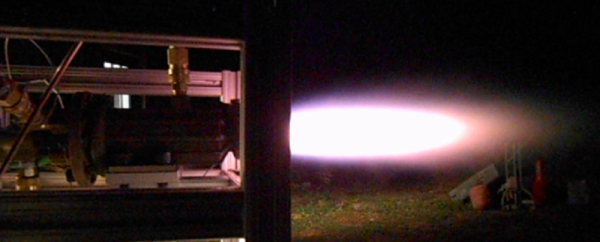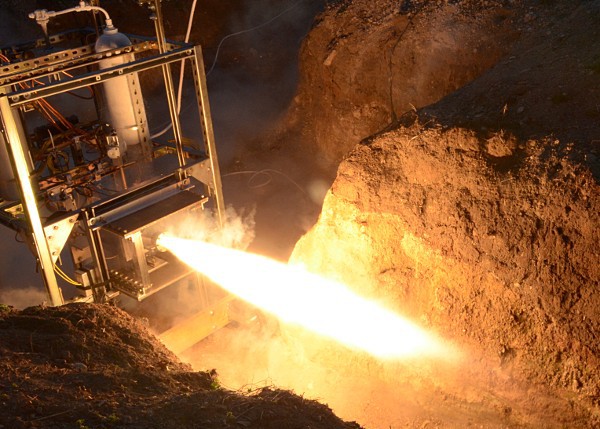Many of us made soda bottle rockets for science class. Some of us didn’t have that opportunity, and made them in the backyard because that’s what cool kids do. Water rockets work on the premise that if water is evacuated from one side of a container, the container will accelerate away from the evacuation point. Usually, this takes the form of a 2-liter bottle, a tire pump and some cardboard fins. [François Gissy] modified the design but not the principle for his water trike which reached 261 kph or 162mph.
Parts for the trike won’t be found in the average kitchen but many of them could be found in a motorcycle shop, except for the carbon fiber wrapped water tank. There wasn’t a throttle on this rocket, the clutch lever was modified to simply open the valve and let the rider hold on until the water ran out. The front brake seemed to be intact, thank goodness.
Powering vehicles in unconventional ways is always a treat to watch and [François Gissy]’s camera-studded trike is no exception. If you like your water rockets pointed skyward, check out this launch pad for STEM students and their water rockets. Of course, [Colin Furze] gets a shout-out for his jet-powered go-kart.
Thank you, [Itay], for the tip.


















